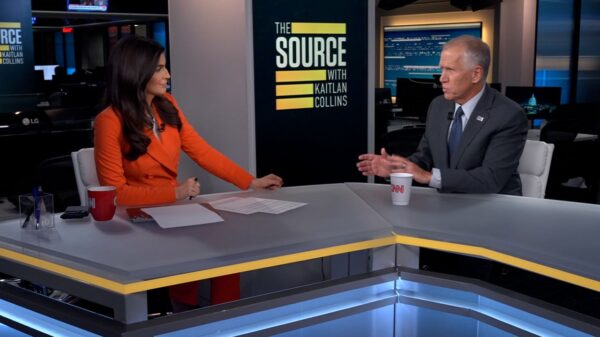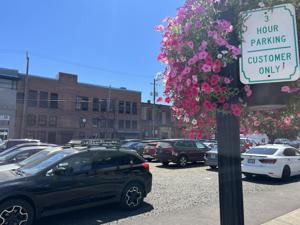A significant step forward for downtown Albany has been marked by a new agreement involving the redevelopment of the former Wells Fargo Building site. Developer Scott Lepman has signed an option agreement to purchase the property, with an eye towards revitalizing the area. The agreement, finalized on May 29, 2023, allows Lepman an 18-month window to secure the necessary permits and finalize development plans.
According to Albany City Manager Peter Troedsson, the option agreement was a product of negotiations initiated by the Albany Revitalization Agency. This agency, composed of city council members, is focused on urban renewal efforts in the downtown core. Lepman is paying $3,500 per month for the option to purchase the property, which has an overall price tag of $310,000. Should he proceed with the purchase, these payments will be credited toward the final sale price.
The proposed development envisions a four-story mixed-use building that will integrate commercial, residential, and parking spaces. Lepman expressed optimism regarding the project, stating that “development takes a long time.” He acknowledged the complexity of the process, which has extended the timeline significantly since initial proposals were made.
While the agreement marks progress, there remains much work ahead before any construction can begin. Lepman is currently finalizing a development agreement, having recently engaged with the city’s Landmark Commission regarding design elements for the building’s exterior facade. The commission raised concerns about the aesthetic impact of the proposed design, which will need to be addressed before moving forward.
The Albany Revitalization Agency originally acquired the Wells Fargo property for $1.5 million in 2019, intending to repurpose the building. However, plans shifted towards demolition, paving the way for new mixed-use proposals. The property has since sat vacant, now functioning as a gravel lot, much to the dismay of Albany City Councilor Steph Newton, who has been vocal about the need for progress. She expressed frustration over the delays, noting that the city could face another 18 months without visible development.
Lepman has been involved in several ongoing projects in Albany, including the repurposing of the Old City Hall and the St. Francis Hotel. His vision for the Wells Fargo site encompasses approximately 90,000 square feet of mixed-use space. However, the timeline for realizing this vision is still uncertain.
The Central Albany Revitalization Area (CARA), which has been instrumental in facilitating such developments, has a unique funding structure. Property values within the district are frozen, allowing increased tax revenues to be redirected towards urban renewal projects. This system aims to attract developers to the downtown area, but as Sophie Adams, the Albany Economic Development Manager, noted, it is unclear if Lepman’s project will be the final development under this initiative.
Over the past decade, Lepman has received nearly $1.9 million in forgivable loans for various projects related to CARA, showcasing his active role in the city’s redevelopment efforts. He also secured a $100,000 grant for the Opera House Project, although payments for this grant have yet to be disbursed.
While the Albany Revitalization Agency has approved a new two-year budget of $29 million for the next biennium, much of these funds are earmarked for the city’s waterfront project. The city is currently assessing the remaining budget available for further developments within the urban renewal district.
In summary, while the agreement to develop the former Wells Fargo site has revived hopes for downtown Albany, it is clear that the path to groundbreaking will be a protracted one. The next 18 months will be critical in determining whether Lepman’s ambitious plans can materialize, transforming a vacant lot into a vibrant community space.





































































